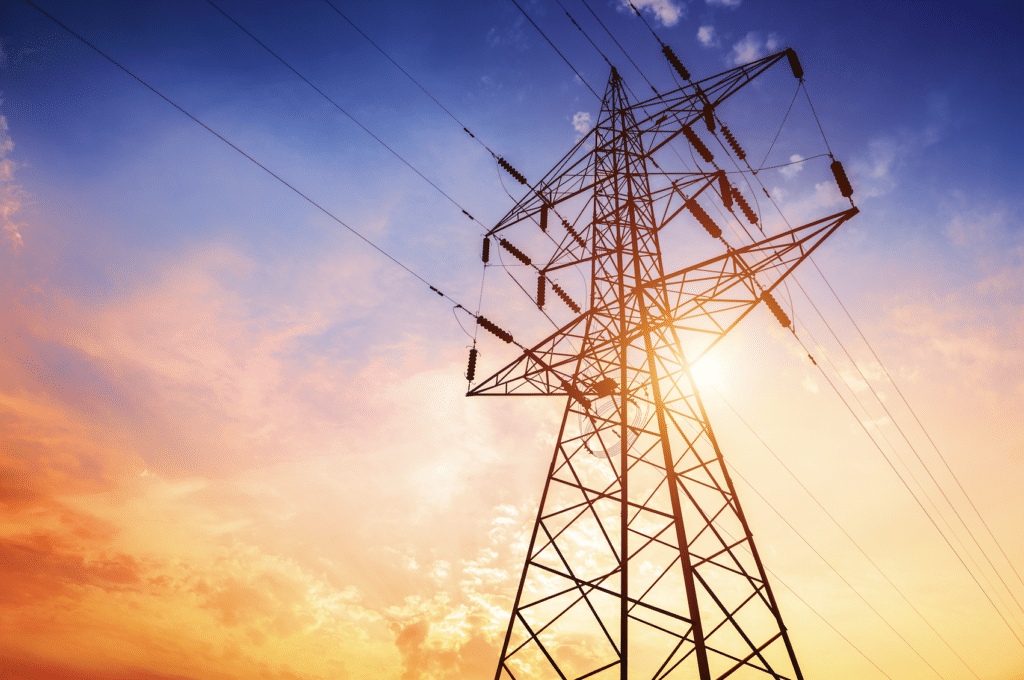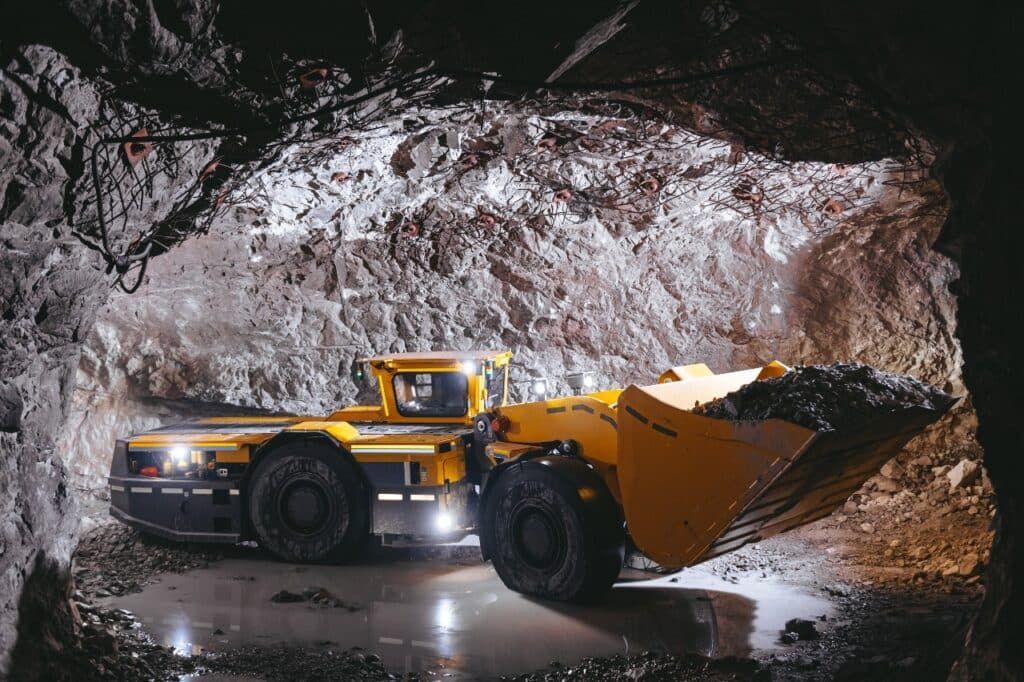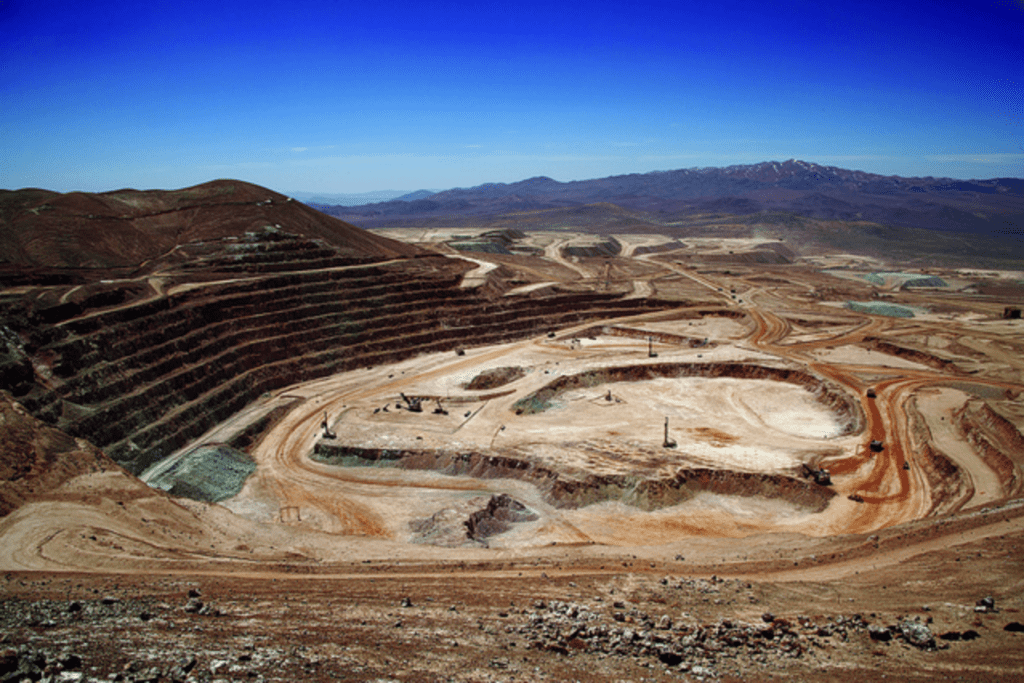Optimising sustainability
The Hexagon MinePlan Schedule Optimiser can now carry out battery-electric vehicle modelling.
Hexagon describes its sustainability efforts as “a natural, integrated part of its operations and core values”.
“Sustainability is crucial to the company’s success, and its work drives profitability and long-term shareholder value,” the company said.
Hexagon Mining head of product – mine planning Jesse Forgues told Australian Mining that sustainability is also crucial to the mining industry amid a global energy transition.
“As mines are increasingly shifting to renewable energy and electrification within their own operations, they are also working to produce the necessary minerals for all industries to do the same,” Forgues said.
To further aid in this industry-wide mission, Hexagon has advanced its MinePlan Schedule Optimiser, which determines the most productive cut mining sequence to achieve the highest project profitability, and then generates practical short–long-term project schedules.
The digital solution can now measure an electric haul truck’s energy usage and downhill energy generation.
“Load and haul represent the majority of greenhouse gases within a mine and a large source of costs,” Forgues said.
“By modelling alternative energy sources and integrating them within our current products, such as the MinePlan Schedule Optimiser, we can ensure the mine plan is being assessed to minimise energy usage costs, which ultimately impact mineral extraction costs and trickle down to the end consumer.”
For the last decade, Hexagon’s MinePlan Haulage solution has been providing inputs into MinePlan Schedule Optimiser.
“This is an important step in the planning process and represents the extraction sequence using the fleet available,” Forgues said.
“Fuel consumption is modelled based on the route and vehicle type. Fuel consumption is then calculated for each route, allowing the user to see trade-off scenarios based on fuel usage.”
This process can now be followed for an electric haul truck.
“We can model the kilowatt hours required to move the required amount of tonnes against the optimal routes, considering both the energy usage uphill and the energy generation downhill,” Forgues said.
“This approach results in a mine plan that reflects the specific model of truck being assessed.”
This integration will help mining companies increase their efficiency and safety while reducing emissions.
“The integration between MinePlan Haulage and MinePlan Schedule Optimiser boils down to enabling better decision-making that is considerate of all aspects of the mine plan, ensuring that the economics of the plan are well understood,” Forgues said.
“It also allows for seamlessly understanding trade-offs of different fleets and mixed fleets so that optimal outcomes can be determined with minimal user intervention.”
Hexagon believes its sustainability journey is determined not only by the role its products and solutions play in the market, but also by its own processes and actions.
In 2024, the company will continue progressing its sustainability commitments, including the transition of Scope 1 and 2 emissions to renewable energy by 2027.
“A number of our facilities will transition to renewable energy as part of our ongoing efforts to reduce our energy consumption,” Hexagon senior director – ESG (environmental, social and governance) Louise Daw told Australian Mining.
“Waste reduction is also a significant focus for us this year as we consider novel ways to reduce, reuse and recycle.
“We will continue to work closely with our suppliers to ensure alignment on policies and goals, and by 2030, 80 per cent of our procurement spend is expected to be with suppliers with Science-Based Targets initiative-validated net-zero targets.”
The company seems to have had a great start, with EcoVadis – the global standard for business sustainability ratings – awarding Hexagon the gold sustainability rating in March.
“This rating places Hexagon in the top five per cent of companies assessed globally and reflects our demonstrated and measurable commitments to energy reduction, social responsibility, safe working environments and a diverse and inclusive workforce,” Daw said.
“Across the globe, our solutions put data to work for customers in ways that enable more efficient processes and improved decision-making, resulting in fewer inputs, less waste, reduced emissions, increased safety and better preparedness.”
Source: https://www.australianmining.com.au/optimising-sustainability/




